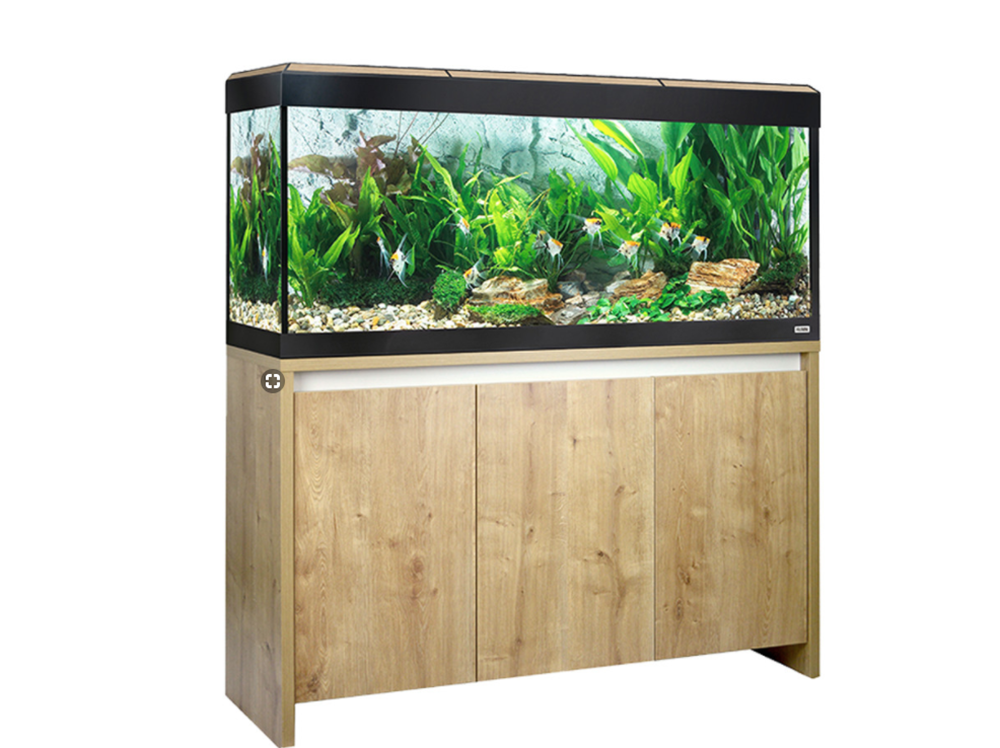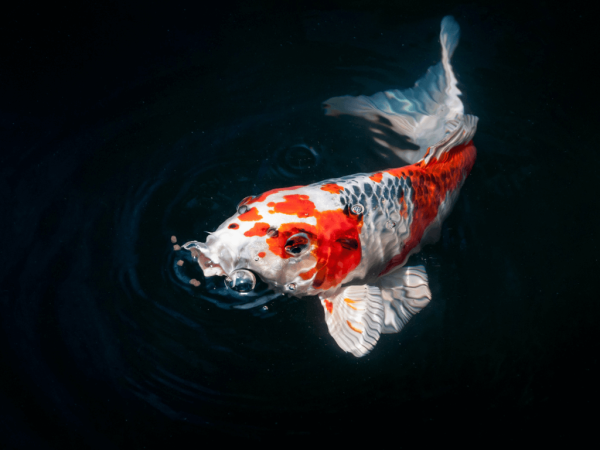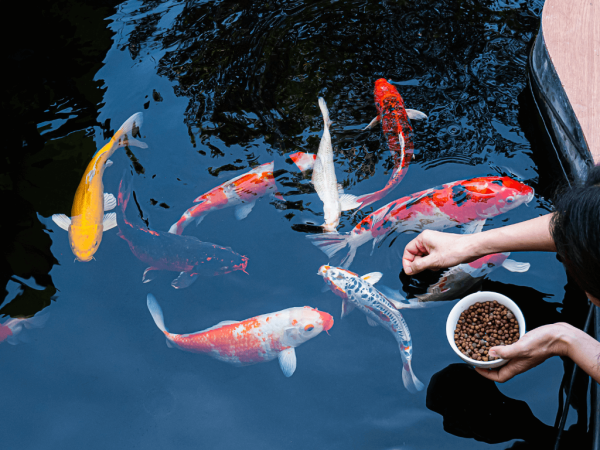I want to start fishkeeping. What do I need to know?
Fishkeeping is the best hobby in the world, but there are some rules you need to follow if you want to be successful.
Mature the fish tank first
You can’t put all the fish you want into the tank in one go. Fish create waste and that waste is poisonous to them. Its not just about fish poo, they also release ammonia from their gills which is invisible, but very toxic. The saying is that you don’t keep fish you keep water. Every aquarium needs to build up a colony of bacteria in the tank to convert that toxic ammonia into less harmful substances, and that takes time. So fish stocking should be built up slowly, over weeks and months. A six to eight-week maturation process is common, where you add bacteria, test water and only start with a few, hardy fish.
Research aquarium fish compatibility
Not all the fish you see will happily mix together. Big fish eat small fish, different fish like different pH and temperature, some nip fins and some even hate their own species. A mix of fish all living together in harmony is called a community tank, and that’s the one most new fishkeepers aim for as it enables you to mix lots of different colours, shapes and sizes, fish that swim in the top, middle and on the bottom, yet they all get on without killing each other. That does mean that some species will be left out because of size or bad behaviour, but there are still hundreds of different, compatible species to choose from.
If you have your heart set on a different type of set up like Malawi cichlids, this is easily achievable too, but Malawi cichlids and community fish don’t mix so stick to one or the other, or set up two tanks.
Get as large a fish tank as you can afford
There’s only one way to mix a lot of fish together, and that’s in a big tank. Nano fish (fish that only grow to an inch long,) can be mixed in smaller tanks, but if you want the most variety and species choice opt for a three or four foot tank from the start. Larger tanks are more stable but only need the same amount and frequency of maintenance as smaller tanks. You just have bigger equipment and change more water each time. Small tanks can be species prohibitive as you won’t be able to keep some of the most popular species like Angelfish or a Redtail black shark.

Invest in aquarium test kits
Water testing is definitely one of the more boring aspects to fishkeeping, and managing water quality can be tricky in the first few weeks. But testing water will help you to understand fishkeeping and filter processes, and once you’ve mastered water quality the fishkeeping world will be your oyster. You’ll need liquid tests for pH, ammonia, nitrite and nitrate. These are commonly bought together as Master Test Kits, and will typically last six to 12 months.
Do your reading on the fishkeeping hobby
Just like with any other pet, once you get fish home the responsibility for their welfare lies with you. You should already know their size and compatibility when you buy them, but once in their forever home you can concentrate on making their environment ideal with the right pH and temperature, natural-looking decor, and a varied diet. Can they be bred? Do you have males and females? Which other species do they live with in the wild? Combine fish and plants from the same region and waterways and you’ve created a biotope - a replica of the habitat they live in the wild, and that’s the best for any fish.
Observe your aquarium fish
Watch your fish closely and their behaviour. Check that individuals aren’t getting chased, nipped or singled out. Check that all your fish are swimming as they should do, with erect fins and normal breathing. Suckermouth catfish may hide in the daytime and that’s ok, but look for fish that gasp at the surface or look lethargic. There may be a water quality issue (so test,) or they may have a disease. Watch your fish closely and you may even see fry in amongst the plants, or the parents laying eggs. Watch your fish, stock slowly, test, be patient and don’t overfeed but above all, enjoy your hobby!









